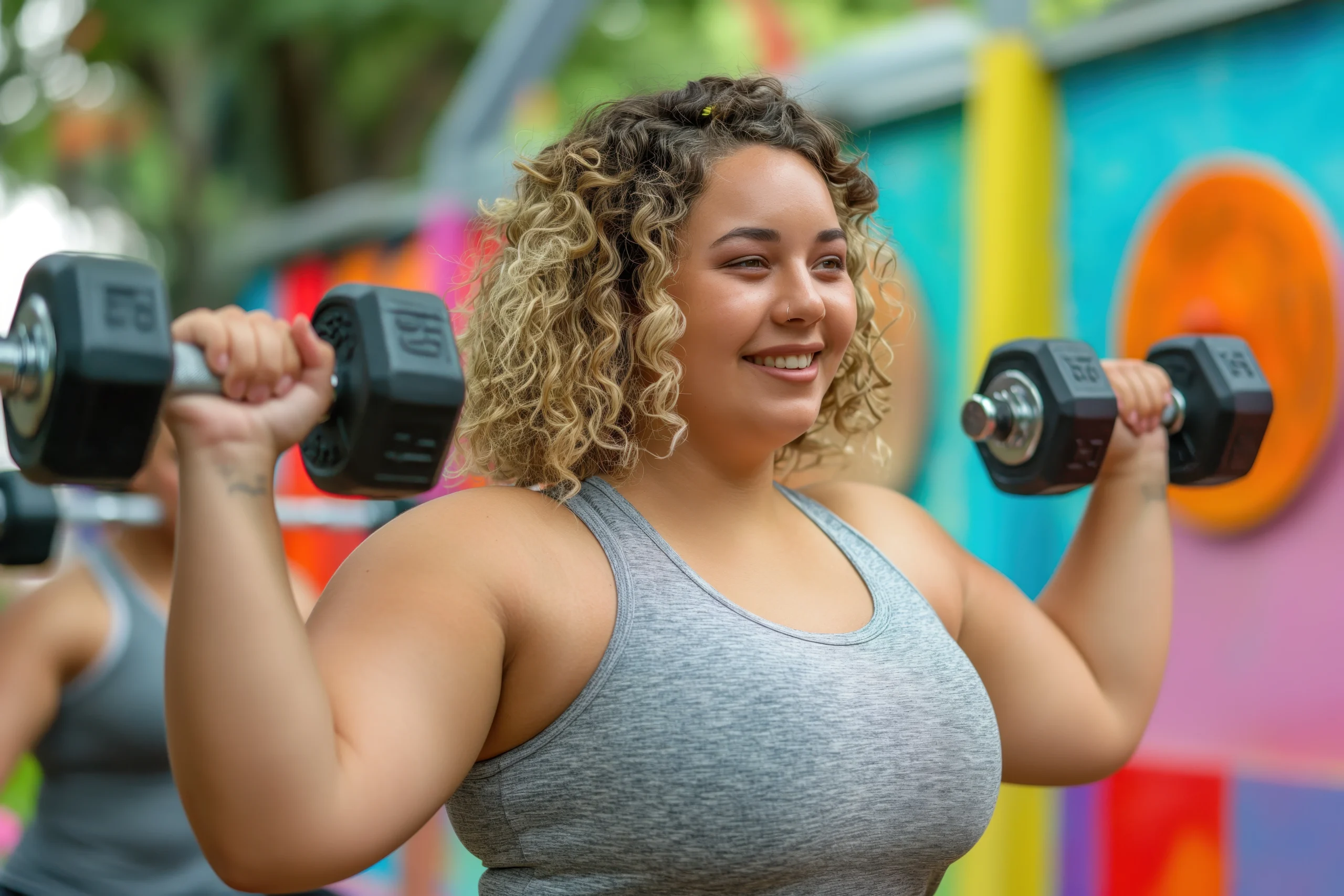According to the National Nutrition and Micronutrient Survey conducted in 2022, nearly 42% of Sri Lankan women aged 18–60 fall into the overweight or obese category. The data reveals that one in three women (29.6%) are overweight and one in eight (12.6%) are obese, with the highest rates recorded among women aged 50–60 years. This shift shows how overnutrition and undernutrition now co-exist, especially in rural and estate areas.
The survey also found that urban women had the highest combined overweight and obesity rate—57.5%. While 45.2% of women were of normal weight, the report noted that 12.6% remained underweight, particularly in the Central (18.9%) and Estate (22.8%) sectors.
Understanding BMI and Health Risks
BMI is a simple tool to assess whether weight is appropriate for height. A BMI between 25.0–29.9 kg/m² indicates overweight, while ≥ 30.0 kg/m² indicates obesity. Although BMI does not directly measure body fat, it remains a widely accepted indicator of weight-related risk.
Women who are overweight or obese face higher risk of non-communicable diseases (NCDs) including type 2 diabetes, hypertension, cardiovascular disease, and certain cancers. Additional concerns include hormonal imbalance, fertility challenges, sleep disturbance, and joint pain. The Global Nutrition Report notes limited national progress on diet-related NCDs, underscoring the need for prevention.
Why Are More Women Affected?
- Urban lifestyles: Longer work hours and sedentary routines reduce daily movement.
- Dietary patterns: Refined carbs, sugary drinks, and ultra-processed snacks add excess calories.
- Cultural barriers: Some women feel hesitant to exercise in public or join gyms.
- Life stages and hormones: Pregnancy, menopause, and chronic stress can alter metabolism.
- Low awareness: Many underestimate intake and overestimate activity.
These drivers accumulate over time, leading to gradual weight gain that often goes unnoticed until health is affected.
Healthy Habits That Work
Progress does not require extreme diets. Sustainable change comes from small, consistent actions.
- Move daily: Aim for at least 30 minutes of brisk walking, yoga, or cycling. Strength work 2–3 times weekly supports metabolism and bone health.
- Eat mindfully: Emphasise whole foods—vegetables, fruit, legumes, lean proteins, whole grains. Limit refined flour, added sugar, and deep-fried snacks. Traditional choices like red rice, dhal, mallung, and fresh sambols are strong foundations.
- Hydrate: Choose water or unsweetened herbal tea in place of sugary beverages.
- Sleep well: Target 7–9 hours. Poor sleep disrupts appetite hormones and recovery.
- Manage stress: Use prayer, mindfulness, journalling, or creative hobbies to reduce emotional eating.
- Check regularly: Screen blood pressure, fasting glucose, HbA1c, and lipids to catch problems early.
For women 40+: Prioritise resistance training, protein-adequate meals, calcium and vitamin D, and balance work to reduce fall risk.
Building a Supportive Food and Activity Environment
Personal effort works best within supportive environments. Helpful levers include:
- Access and affordability: Markets with fresh produce and clearer labelling.
- Active spaces: Safe pavements, parks, and community centres that normalise movement.
- Workplace wellbeing: Standing meetings, movement breaks, and healthy canteen options.
- Media literacy: Campaigns that prioritise health over appearance and promote sustainable habits.
Fitness as Empowerment
Fitness is not cosmetic. It is capability—energy, resilience, and independence. Regular activity boosts mood, focus, and long-term health. When women prioritise their wellbeing, families and communities benefit.
Busy schedules are real. Start small. Ten minutes today beats perfection tomorrow. Build streaks, then add volume or intensity.
Moving Forward Nationally
The 2022 findings should prompt action across health, education, and urban planning. Policy can make healthier choices easier through active transport, front-of-pack labels, school meals aligned to nutrition standards, and routine screening at primary care level. Prevention in women aged 20–40 offers the best lifetime return.
The Satynmag View
At Satynmag we see health as a core pillar of women’s empowerment. Strength over size. Function over fads. If you are starting today, choose one action: a 30-minute walk, a vegetable-heavy lunch, or an earlier bedtime. Repeat tomorrow. Momentum compounds.
Explore more practical guides and inspiring stories at Satynmag.com.






